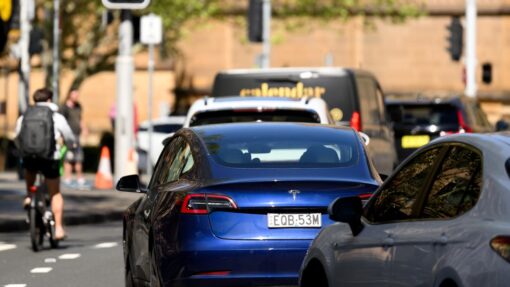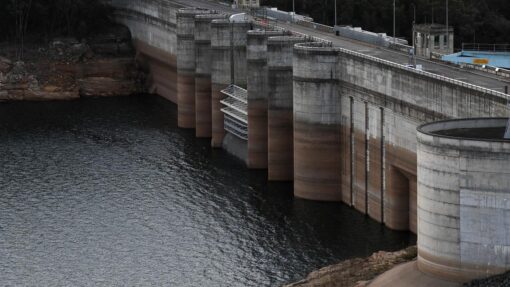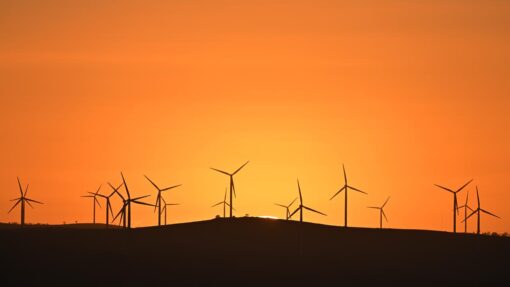Jobless rate shows our plan is working: PM
Colin Brinsden, AAP Economics and Business Correspondent |
Just days out from the federal election the Morrison government’s campaign has received a shot in the arm with the unemployment rate falling below four per cent for the first time in almost 48 years.
However, this followed Wednesday’s dismal set of wage figures that showed voters’ pay was growing at less than half the rate of inflation, which Labor says is the biggest real wage cut in 20 years.
Thursday’s April labour force report showed the jobless rate was 3.9 per cent in April, unchanged from a downwardly revised result for March.
“What this tells us is that our economic plan is working because Australians are working,” Prime Minister Scott Morrison told reporters in Sydney.
However, business groups are not overly enthused in the face of acute staff shortages.
“The fall in the unemployment figures has coincided with the most severe workforce shortages in 48 years with job vacancy rates the highest since records began,” Australian Chamber of Commerce and Industry chief executive Andrew McKellar told AAP.
“The next federal government must pull all the levers it can to address chronic skills shortages.”
There has been a steady decline in the unemployment rate since it hit 7.4 per cent during the COVID-19 recession, in large part due to the lack of skilled migration as international borders were kept shut.
Australian Retailers Association CEO Paul Zahra says there are more than 29,000 job vacancies in the retail sector alone.
“Without the usual numbers of overseas workers and students, these gaps won’t be filled using traditional recruitment methods,” he said.
The 3.9 per cent rate remains the lowest level for unemployment since August 1974, when the survey was conducted quarterly.
But just 4000 people joined the workforce in April, well short of the 30,000 increase economists had been expecting.
Full-time employment jumped by 92,400 in April, but was mostly offset by an 88,400 drop in part-time workers.
KPMG senior economist Sarah Hunter said the economy is now effectively operating with “no spare capacity”.
“Despite job adverts remaining at record highs and a higher-than-average proportion of businesses looking to bring people on, employment increased by just 4000 over the month,” Dr Hunter said.
“Given the continued strength in demand and limited additional domestic supply of workers, it is likely that wages growth will accelerate from here.”
The low unemployment rate will fuel expectations of a further rise in the cash rate when the Reserve Bank of Australia board meets in June.
However, Wednesday’s sluggish wages figures suggest the RBA will not be lifting the cash rate by any more than 25 basis points, matching its first increase in a decade earlier this month as it fights ballooning inflation.
The minutes of the May RBA board meeting released on Tuesday showed there had been some discussion on raising the cash rate by a larger than usual 40 basis points.
But with wages growing by just an annual rate of 2.4 per cent, compared with the rate of inflation at 5.1 per cent, economists see little urgency for a big hike at this stage.
Aside from staffing problems, retail businesses are themselves feeling the impact of ballooning inflation pressures.
“We’re also seeing many households start to tighten their budgets with interest rates now on the rise,” Mr Zahra said.
Even so, retailers enjoyed a solid sales period during April, buoyed by the Easter holidays and the further easing of COVID-19 restrictions.
According to the Mastercard SpendingPulse, which measures in-store and online retail sales across all forms of payment, retail sales rose 9.9 per cent in April compared to a year earlier, led by a 20.3 per cent jump in electronics sales.
AAP


